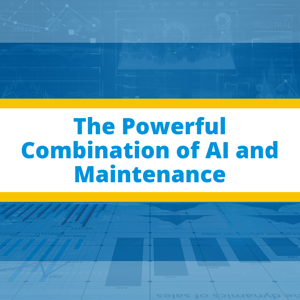 The value of digitization in the industrial sector has been viewed with renewed importance starting at the beginning of this decade, with companies investing more into adopting it. This has given rise to a new industrial culture; one that moves towards proactive maintenance rather than reactive maintenance.
The value of digitization in the industrial sector has been viewed with renewed importance starting at the beginning of this decade, with companies investing more into adopting it. This has given rise to a new industrial culture; one that moves towards proactive maintenance rather than reactive maintenance.
In the year 2006, Clive Humbly, a UK mathematician claimed that data would soon be the new oil. His claims were not far-fetched. Since today, it does not matter which line of business you are following, data forms an integral part of it. Data from production processes form the pillars of better efficiency, productivity and safety.
Plant managers who are familiar with the ongoing and upcoming Industrial Internet of Things takeover are very much aware that one of the best ways to improve competitiveness is by turning raw data into meaningful insights. Rather than waiting for a component to fail and then responding, it is much better to gather data from sensors monitoring the component and cross-referencing it to predict the next breakdown. This can help plant managers arrange maintenance activities without breaking the chain of production, obviously leading to a higher profit margin.
Sure, minimizing downtime has its advantages, but it is reduction in planned outages that makes a real difference. Sometimes, outages may coincide with a peak production period, and doing so may result in significant economic loss. A predictive maintenance platform can help engineers decide the best time for maintenance (off-peak hours), which can then be carried out with minimal production interruptions.
All of this may sound simple, but things can get really complex when there are dozens of sensors involved in a single product. In order to navigate accurately through the ocean of variables within an IoT platform, the services of a machine learning platform are necessary. Examples include Asset Performance Management suite and GE Digital’s Predix Platform. Connecting an IoT-enabled machine to such a platform allows machine learning algorithms to analyze incoming data and carry out advanced analytics on it. This allows maintenance staff not only to make decisions on their own, but to get advisories on the best course of action.
The algorithms can also accumulate data with the passage of time and then assess their historic trends to give more detailed insights into machine behavior. Such trends prove to be helpful during system upgrades and expansions, letting plant managers analyze the performance parameters of specific machines.

Interested in learning more? Visit our website www.premierautomation.com, or talk to one of our specialists today.



